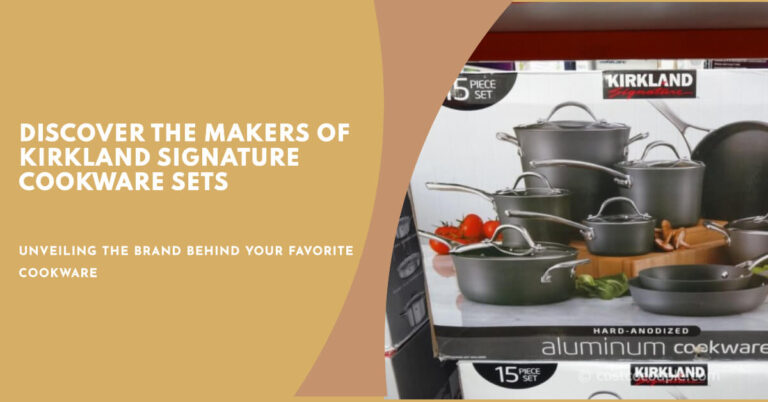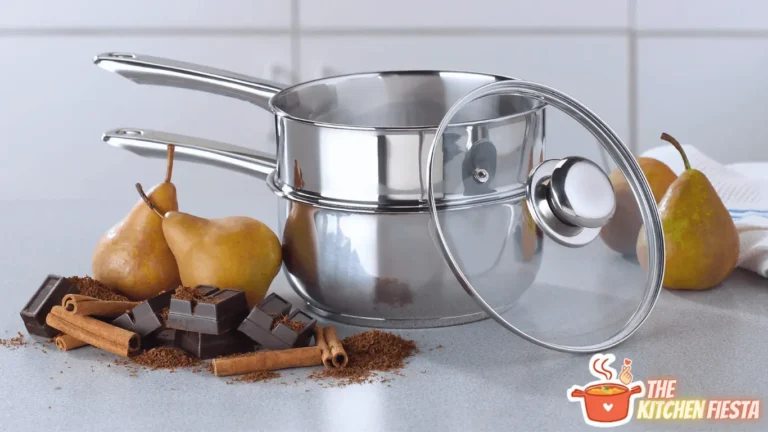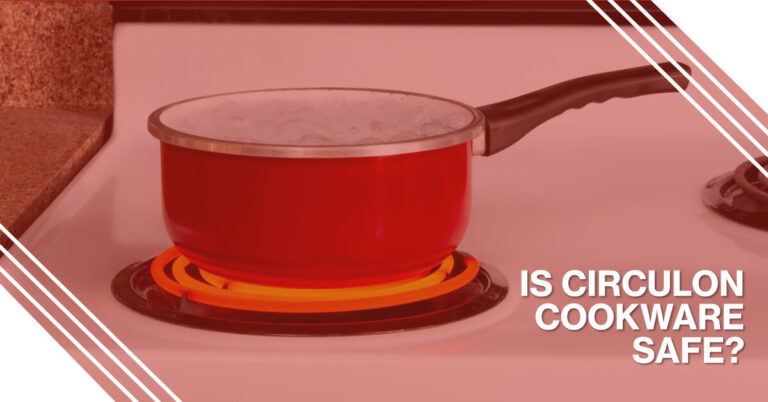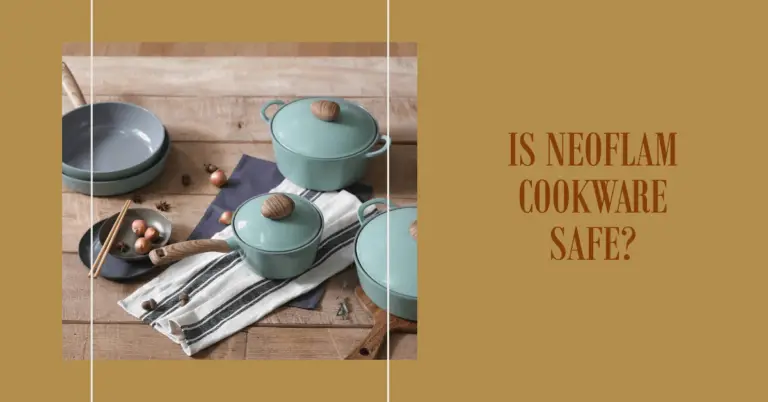Is Scratched Enamel Cookware Still Safe to Use?
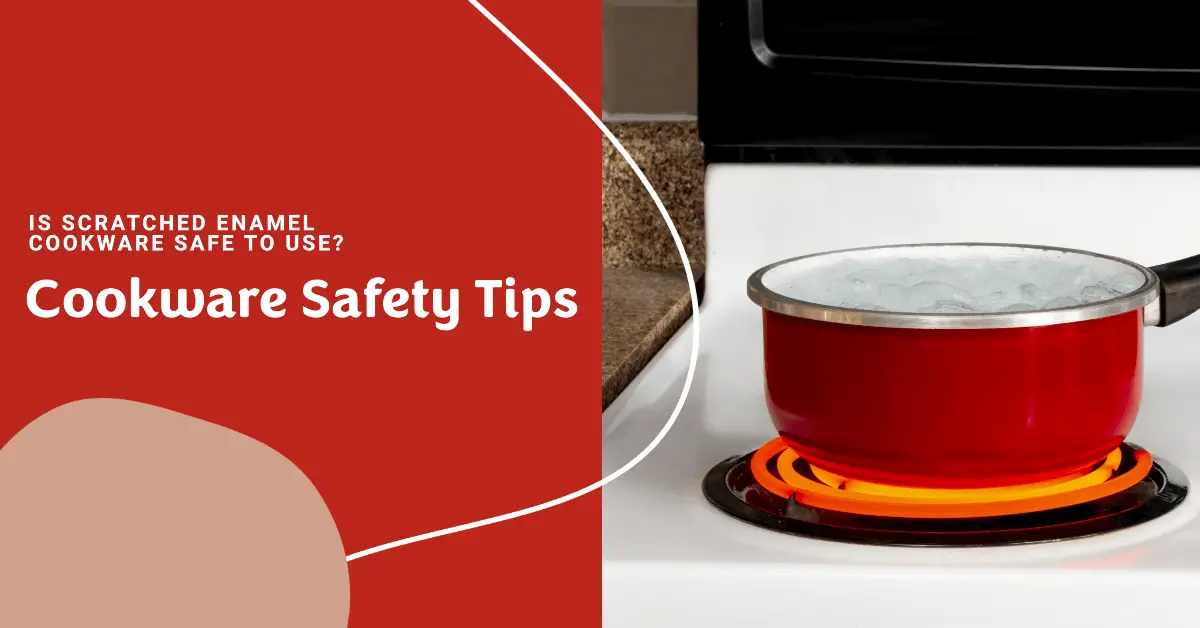
Enamel cookware brings elegance and charm to any kitchen with its glossy, colorful exterior. Brands like Le Creuset and Staub are known for their beautiful enameled cast iron designs that look great on the stovetop and transition seamlessly to the dining table. But what happens when this prized cookware gets scratched and damaged over years of cooking and cleaning? Can scratched enamel cookware still be used safely or should it be discarded?
The good news is that minor scratches and small chips on enamel surfaces are usually still safe to cook with. The enamel coating is there to prevent direct contact between food and the underlying metal. Light scratches that don’t penetrate through the enamel won’t expose raw iron or aluminum that could leach into acidic foods during cooking.
However, deep scratches or large chips that reveal bare metal underneath the enamel are definitely grounds for replacing the damaged cookware. There are also steps you can take to prevent scratches in the first place and even repair superficial marks. Read on to learn more about identifying and avoiding unsafe enamel cookware and maintaining your investment pieces for years of stylish cooking.
How Enamel Cookware Is Made?
Enamel cookware refers to pots, pans, kettles and other vessels that have a thin coating of glass-like enamel baked onto the exterior (and sometimes interior) surface. The enamel is typically applied to cast iron but can also coat aluminum, stainless steel, or copper.
The enameling process involves applying powdered glass to the metal and bonding it on with extremely high heat up to 1500°F. This fuses the enamel to the metal surface to create a smooth, non-porous, glass-like coating.
Enamelware dates back centuries to its origins in Germany. Today many companies still produce enamel cookware including well-known brands like Le Creuset, Staub, Lodge, and Smithey.
The appeal of enamel pots and pans is their durability, decorative colors, nonstick cooking surface, and even heat distribution. The enamel also prevents reaction between acidic foods and reactive metals like cast iron, aluminum, or copper.
Why Scratching Occurs?
Enamel is essentially glass bonded to metal so it’s prone to chipping and scratching like any glass surface. The enameling process can sometimes leave small imperfections or thin spots in the coating that chip easily when hit or scraped.
Scratches happen most frequently due to:
- Abrasive scouring pads – never use steel wool or abrasive scrubbers on enamel. They can damage the surface.
- Metal utensils – enamel is glass-like so metal spatulas, spoons, or whisks can scratch if dragged across the surface.
- Cleaning with abrasive powders – avoid harsh cleansers like Comet or Bon Ami that contain gritty particles.
- Inadequate cooking surfaces – the enamel bottom scraping against metal or glass stovetops causes scratches. Use a flame diffuser.
- General wear and tear – chipping can happen over time with regular cooking and cleaning.
- Drops, dings, and dents – cracks and chips are common if the enamelware is dropped, dented, or improperly stacked.
While scratches are unsightly, the more important question is whether they pose any safety risks or impacts to cooking. Let’s explore when scratching is harmless vs. harmful.
Minor Scratching Isn’t Harmful
The purpose of the enamel coating is to prevent food from contacting the metal beneath. So if a scratch or chip doesn’t penetrate completely through the enamel down to the bare iron or aluminum, it won’t have any effect on cooking or safety.
Small surface scratches, minor scraping, superficial chips, and hairline cracks are all generally safe to cook with. The enamel remains intact protecting against any leaching of metals.
For example, dragging a metal spoon over the enamel might leave behind ugly scratches but won’t damage the protective barrier. Small pin-sized chips around the rim or edges also expose such a tiny surface area that leaching would be minimal to none.
Unless you notice the metallic taste of iron or aluminum in foods, especially acidic recipes, then the enamel hasn’t been compromised. Feel free to keep using enamelware with minor cosmetic defects.
How to Identify Harmful Scratching?
Deep scratches that penetrate through the enamel down to the bare metal are where safety concerns arise. Metal utensils or abrasive pads can scratch deeply enough to remove the enamel and expose the iron or aluminum surface.
Edge chips or cracks are most likely to reveal large swaths of metal exterior. If the underside of a chip appears silver in color, that means the damage extends fully through the enamel. Dark black, gray, or copper colored exposed metal is also problematic.
Some signs your scratched enamelware may be unsafe to use further:
- Large chips, cracks, or holes wider than 1/4 inch (0.5cm)
- Exposed metal matching color of cookware (silver, black, copper)
- Acidic foods like tomatoes taste metallic after cooking
- Discoloration or pitting of exposed metal areas after cleaning
- Scratches feel rough and catch on cloth rather than smooth
Any scratch deep enough to disrupt the protective enamel barrier could potentially leach iron, aluminum, or other metals into food. It’s best to err on the side of caution and stop using enamelware with severe scratches or chips.
Dangers of Leached Metals in Food
Why exactly are bare iron and aluminum surfaces problematic when they contact acidic food ingredients during cooking?
Iron: Even small amounts of iron leached from cookware can leave a unpleasant metallic flavor. More concerning is the risk of iron poisoning in children and those susceptible to iron overload. Excess iron can cause nausea, vomiting, diarrhea and other gastrointestinal issues when ingested.
Aluminum: Aluminum exposure through cookware is controversially linked to neurotoxicity and diseases like Alzheimer’s when accumulated in the body. Absorbing high aluminum levels can also impair bone health and kidney function. The Alzheimer’s Association recommends avoiding cooking acidic foods in aluminum cookware.
To be clear, minimal leaching from small scratches likely won’t cause major health issues immediately. But why risk the cumulative effects of metal ingestion over many years when damaged enamelware can be replaced?
How to Prevent Scratching in Enamel Cookware?
Avoiding scratches in the first place will keep your enamelware safely intact for as long as possible. Here are some tips to prevent scratching:
- Use non-abrasive cleaning tools – soft cloths, sponges, and nylon brushes are safest. Avoid steel wool or scrubbing pads containing metal fibers.
- Wash by hand – dishwasher detergent and mechanical cleaning can erode the enamel over time.
- Use wooden, silicone, or plastic utensils – never metal spoons, whisks, or spatulas that scrape the surface. Toughened glass tools are also okay.
- Don’t stack pots and lids inside each other – prevents chipping and cracking if bumped or dropped.
- Add padding during storage – line shelves or drawers with towels or use silicone hot pot grippers to prevent dings.
- Use a flame diffuser – prevents scratches from direct contact with heating elements when cooking.
- Clean food off promptly after cooking – don’t let acidic ingredients like tomatoes or lemons sit on the enamel surface.
With gentle care, quality enamelware can remain lustrous and intact for decades. But accidents still happen in the busiest kitchens.
Repairing Light Scratches and Chips
If your enamelware just has minor surface scratches or pin-sized edge chips, these imperfections can be temporarily smoothed and blended to maintain the pot or pan safely.
For scratches: Gently buff out shallow marks using 400 grit wet sandpaper. Rub the area in a circular motion rinsing frequently. Dry completely. Then re-season the pan by applying a thin coating of oil and heating upside down at 200°F for an hour. This will help blend the sanded area into the existing enamel.
For small chips: Very carefully sand down any raised sharp edges so they are flush with the enamel surface. Use a toothpick or paperclip to apply small amounts of cyanoacrylate glue into the chipped area. Press down firmly until dry. Once the glue has dried fully, wet sand then re-season the pan as described above to mask repairs.
Of course, these solutions are temporary and may only buy you a little more time before deeper damage develops. But a repaired enameled pan can serve as a handy backup or for less intense cooking tasks.
When to Toss Out Enamelware?
Enamel cookware with extensive cracking, pitting, and large exposed metal sections can’t be fixed or safely used for cooking anymore.
Some signs it’s time to replace enamelware completely:
- Exposed metal sections wider than 1/4 inch (0.5 cm) across
- Deep scratches that catch on cloth and won’t sand out
- Visible pitting that develops on exposed metal from cleaning
- Cracks along the base, handles, or rivets
- Loose enamel that flakes off and can contaminate food
- Unusual cooking performance like hot spots or food sticking
Don’t take risks trying to salvage enamelware with severe damage. As inexpensive brands under $50 become more common, it’s better to replace than regret a medical issue down the line.
Shop Smarter for New Enamelware
If your beloved Le Creuset Dutch oven or Staub cocotte took one too many knocks, all hope is not lost. Rather than clinging to a damaged pot, view it as an excuse to invest in an upgrade!
Here are tips for choosing durable enamel cookware built to last:
- Stick with reputable brands known for quality enameling – Le Creuset, Staub, Lodge, Smithey Ironware, Finex, etc.
- Inspect for imperfections before buying – look for chips, cracks, and thin spots.
- Heft the item – heavier weight indicates thicker, more chip-resistant enamel.
- Check the warranty – many brands offer lifetime guarantees against flaws.
- Read product reviews for feedback on durability from real customers.
With proper care and precautions, quality enamel cookware can remain a safe, functional showpiece in your kitchen for decades. Don’t settle for scratched and damaged pots that have outlived their lifespan. Instead, take the opportunity to invest in new enamelware made to be displayed and passed down proudly through generations.
Conclusion
Minor scratches and chips on enamel surfaces are completely safe since the coating remains intact. But deep scratches or large chips exposing bare metal can lead to iron or aluminum leaching into food.
Avoid abrasives and be gentle when cleaning enamelware to prevent scratching. Smooth out superficial marks using wet sanding and re-seasoning techniques. Discard extensively damaged pots and pans and replace them with highly-rated enamel cookware built to last.
With careful use and maintenance, your colorful enamel pots will maintain their flawless good looks and remain safe cooking staples in your kitchen.

